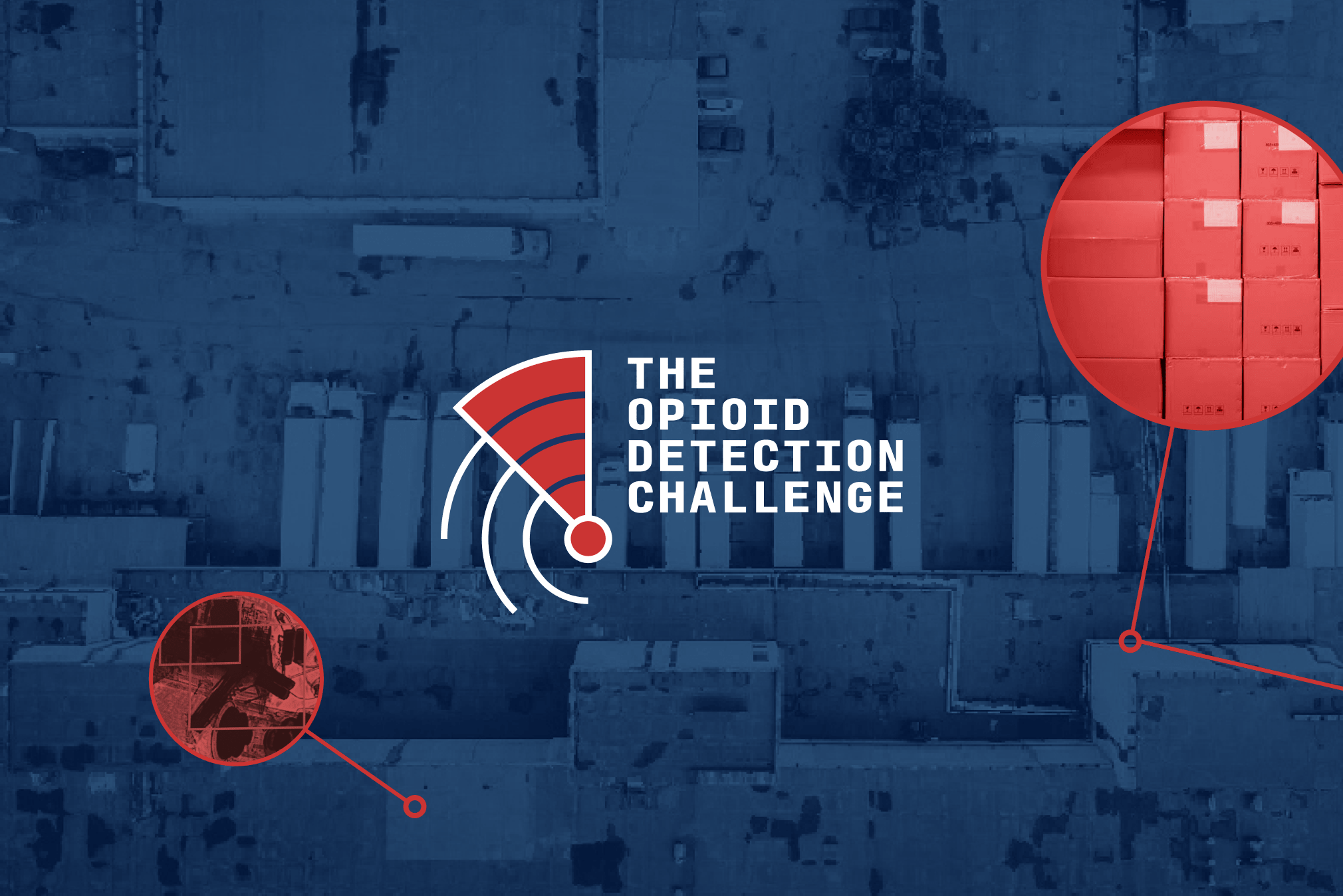The Opioid Detection Challenge announces a grand prize winner and runner-up
This year, for the first time, Americans are more likely to die from an opioid overdose than a vehicle crash. With more than 100 people dying in the United States each day, we can’t wait for solutions. The problem is enormous and multifaceted; it makes sense to identify multiple angles and pursue many possible solutions — from reducing prescriptions and preventing overdoses to treating addiction and managing pain.
The Opioid Detection Challenge — a $1.55 million global prize competition from the U.S. Department of Homeland Security (DHS) Science and Technology Directorate (S&T) — set out to address the distribution side of the opioid crisis. The challenge, designed and produced by Luminary Labs through a contract with the NASA Tournament Lab, sought nonintrusive tools and technologies for rapidly detecting illicit opioids in the international mail.
This summer, the challenge announced eight finalists working across a range of technologies, from advanced imaging to X-ray diffraction. The finalists entered a 14-week prototyping accelerator to develop their solutions within a tight timeline. By October, they were testing their solutions on-site at a government facility.
Today, S&T and its partners at the White House Office of National Drug Control Policy (ONDCP), U.S. Customs and Border Protection (CBP), and the U.S. Postal Inspection Service (USPIS) convened at the Transportation Security Laboratory in New Jersey to announce and demonstrate the winning technologies. IDSS will receive the $500,000 grand prize and One Resonance will receive the $250,000 runner-up prize.
The grand prize-winning solution from IDSS combines a 3D X-ray computed tomography (CT) scanner with automated detection algorithms. It identifies anomalies in X-ray images based on the scanned item’s features and physical properties.
The runner-up, One Resonance, developed a quadrupole resonance technology that uses radio-frequency signals to search for specific materials. An alarm is triggered when a signal associated with an illicit substance is detected.
S&T and its government partners plan to continue working with the providers of the most promising solutions to further develop prototypes and establish follow-on production agreements. The government plans to deploy these tools in international mail facilities, express consignment facilities, and other environments across the country that call for rapid, accurate detection of opioids and related substances.

